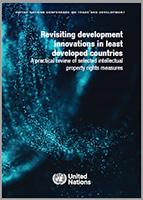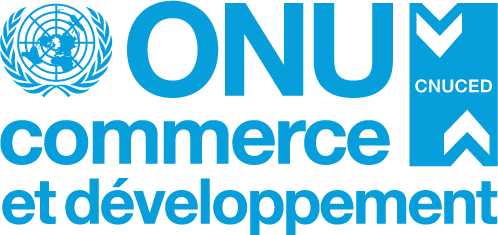
This paper looks at how least developed countries (LDCs) can innovate using traditional intellectual property rights (IPR) policies and then looks at how innovation is developing in the informal sector.
LDCs have a variety of needs and equally have a variety of IPRs at their disposal to serve their domestic socio-economic and development needs, as well as their international obligations.
Companies can choose formal intellectual property, which includes patents, trademarks, registered designs, copyright, among others. They can also choose a range of ‘alternative’ or informal appropriation mechanisms, such as secrecy, confidentiality agreements, lead time, or complexity (Hall, et al. 2013). As a lot has been written in this area, the paper does not attempt to be exhaustive.
This paper argues that LDCs need to build at least a critical minimum level of productive capacities and technological capabilities to make full use of the formal and informal IPRs as well as of existing flexibilities.
The analysis focuses on six kinds of IPRs and provides case studies based on the experience undertaken in LDCs or in other developing countries. Although the paper attempts to include the experience of both Asian and African countries, there may be a tilt towards Africa. This is unavoidable given that, within the next decade, the LDC group will mostly be comprised of African countries, if the current graduation cases3 are confirmed.
The Annexes contain an update of the status of the ratification and signature process of the main 34 international IP-related agreements (Annex 1) as of June 2023; a summary of selected IP treaties, policies, protocols at the regional and international levels that are relevant for LDCs (Annex 2) and an update of the national legislation process related to Utility Models (UMs) in LDCs (Annex 3).
Following this introduction, the remainder of the paper is organized according to the following structure.
Section 2 assesses the international IP treaties adopted by the LDCs as of June 2023 and looks at the available flexibilities therein. It also looks at the type of intellectual property (IP) protection at the regional and continental level.
Section 3 covers some forms of innovation available within the formal economy, while Section 4 looks at how LDCs innovate in the sectors that are arguably considered areas with development potential, namely mining, pharmaceutical, tourism and the financial sector.
Undoubtedly, value-added agriculture and agro-industry have vast potential to support the economic and export diversification efforts of LDCs. However, given the wide variety of agricultural patterns and specificities across LDCs and the specific types of innovation and protection available in the sector, such as genetic varietal protection, consideration of the agro-industrial sector remains beyond the scope of the present analysis.
The paper then analyses how innovation is carried out in the informal sector. Section 6 concludes and provides policy recommendations


